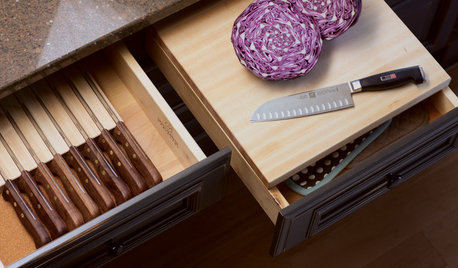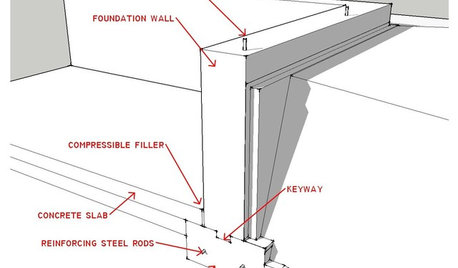Foundation planting advice
Megan
11 days ago
Related Stories

FARM YOUR YARDAdvice on Canyon Farming From L.A.'s Vegetable Whisperer
See how a screened garden house and raised beds help an edible garden in a Los Angeles canyon thrive
Full Story
DECORATING GUIDES10 Design Tips Learned From the Worst Advice Ever
If these Houzzers’ tales don’t bolster the courage of your design convictions, nothing will
Full Story
LIFEGet the Family to Pitch In: A Mom’s Advice on Chores
Foster teamwork and a sense of ownership about housekeeping to lighten your load and even boost togetherness
Full Story
LIFEEdit Your Photo Collection and Display It Best — a Designer's Advice
Learn why formal shots may make better album fodder, unexpected display spaces are sometimes spot-on and much more
Full Story
KITCHEN STORAGEKnife Shopping and Storage: Advice From a Kitchen Pro
Get your kitchen holiday ready by choosing the right knives and storing them safely and efficiently
Full Story
BATHROOM DESIGNDreaming of a Spa Tub at Home? Read This Pro Advice First
Before you float away on visions of jets and bubbles and the steamiest water around, consider these very real spa tub issues
Full Story
TASTEMAKERSBook to Know: Design Advice in Greg Natale’s ‘The Tailored Interior’
The interior designer shares the 9 steps he uses to create cohesive, pleasing rooms
Full Story
HEALTHY HOMEHow to Childproof Your Home: Expert Advice
Safety strategies, Part 1: Get the lowdown from the pros on which areas of the home need locks, lids, gates and more
Full Story
ARCHITECTUREKnow Your House: What Makes Up a Home's Foundation
Learn the components of a common foundation and their purpose to ensure a strong and stable house for years to come
Full Story
INSPIRING GARDENSNative Plants Bring 10 Southern California Front-Yard Gardens to Life
Rare plants, rain gardens and wildlife habitats are just a few of the features showcased on the 2016 Theodore Payne Native Plant Garden Tour
Full Story







houssaon
floraluk2
Related Discussions
foundation planting here we go - PICS for advice
Q
bugalow foundation planting advice
Q
Good plant/tree/conifer for foundation plant
Q
Advice on foundation plants changes this time of year
Q
laceyvail 6A, WV
Kendrah
MeganOriginal Author
mad_gallica (z5 Eastern NY)
MeganOriginal Author
littlebug Zone 5 Missouri
cecily 7A
marmiegard_z7b
MeganOriginal Author
MeganOriginal Author
MeganOriginal Author
marmiegard_z7b
littlebug Zone 5 Missouri
cecily 7A
MeganOriginal Author
cecily 7A
MeganOriginal Author
MeganOriginal Author
Kendrah
AnnKH
floraluk2
mad_gallica (z5 Eastern NY)
MeganOriginal Author
mad_gallica (z5 Eastern NY)
MeganOriginal Author
marmiegard_z7b
cyn427 (z. 7, N. VA)
MeganOriginal Author
marmiegard_z7b
Design Fan
MeganOriginal Author
Hope Stewart
cecily 7A
partim